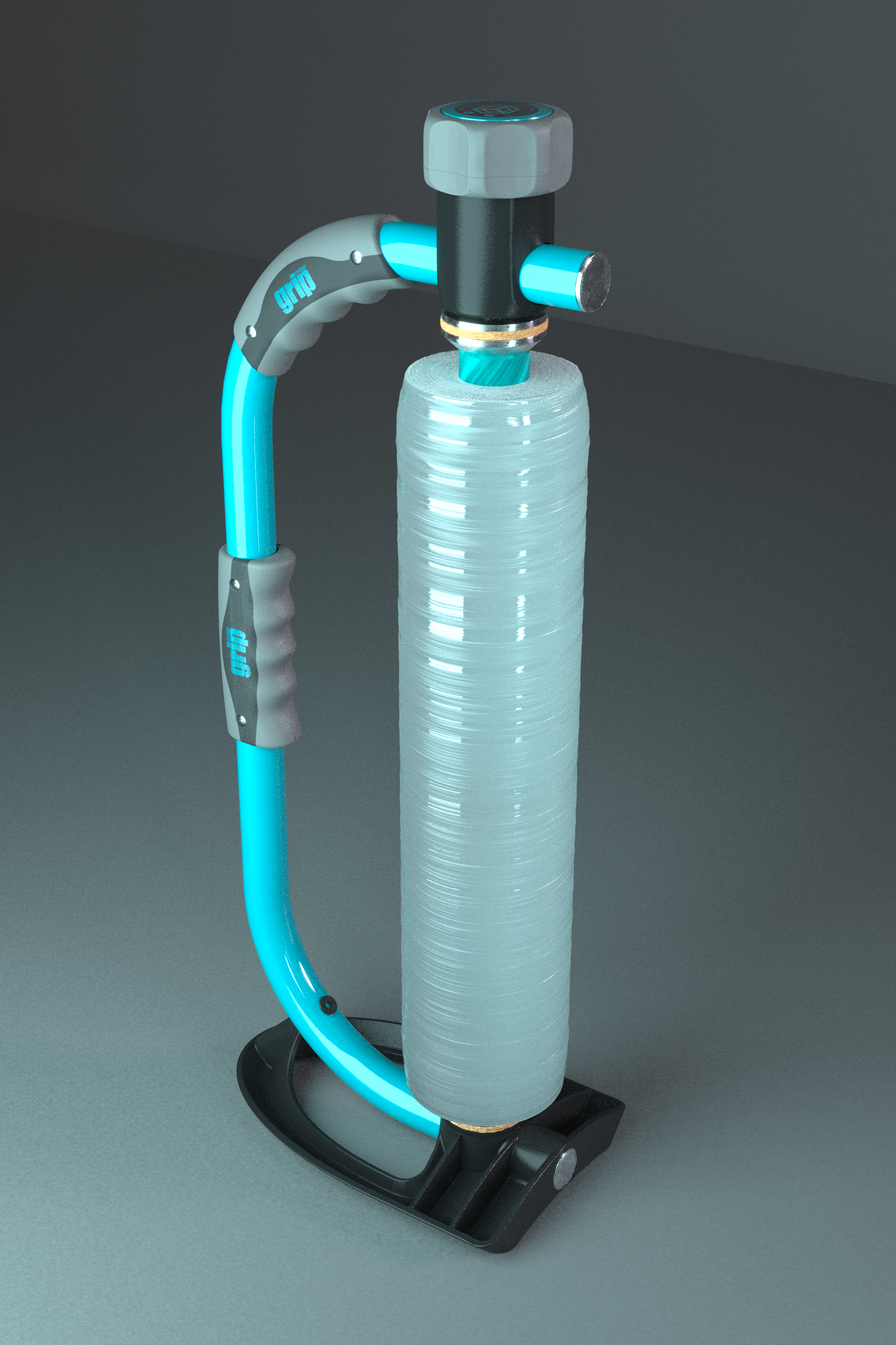Choosing the correct pallet wrap thickness is essential for securing your products during storage and transportation. Whether you’re handling lightweight goods or heavy, irregularly shaped loads, selecting the right thickness will ensure protection and maximum load stability. This guide will help you navigate the key factors to consider when choosing pallet wrap thickness.
Why Is the Right Pallet Wrap Thickness Important?
Pallet wrap thickness directly impacts its strength, puncture resistance, holing force and overall performance. Using the correct thickness ensures your goods stay secure during transportation and storage without wasting excess material. If you choose a wrap that’s too thin, you risk insufficient protection. Conversely, opting for a wrap that’s unnecessarily thick will increase your costs.
Common Stretch Wrap Terms
Before discussing different microns of pallet wrap in detail, it’s important to understand common terms related to pallet wrap:
Cast Stretch Wrap
Cast stretch wrap is a popular film that is produced using a casting process, making it quieter to apply and clearer than other types such as blown. It is ideal for loads where visibility is important, for example the need to scan labels once wrapped.
Blown Stretch Wrap
Blown stretch is produced very differently to cast and offers superior puncture resistance, making it a great option for loads with sharp or irregular edges. It’s generally noisier during application compared to cast wrap.
Pre-stretched
Pre-stretched film has already been stretched to its limit during, making it easier to apply and reducing waste. Both our cast and blown film are pre-stretched offering these incredible strength properties.
Hand Grade
Hand-grade pallet wrap is designed for manual application, suitable for smaller-scale operations. These films can be used for application by hand or in conjunction with a manual pallet wrap dispenser.
Machine Grade
Machine-grade wrap is used in automated machines that allow for consistent and efficient wrapping, ideal for larger operations.
LLDPE (Linear Low-Density Polyethylene)
A common material in stretch films due to its flexibility, strength, and puncture resistance.
Applicators
Applicators, like Grip Systems’ Grip Applicator, are tools used to apply pallet wrap quickly and efficiently, reducing effort and improving consistency.
Guidelines for Typical Thicknesses of Pallet Wrap
Selecting the appropriate pallet wrap thickness depends on the nature of the load you are wrapping. Here are some general guidelines:
- 5 micron pre-stretched: Best for lighter loads and standard size pallets
- 6 micron pre-stretched: A common thickness suitable for pallets with moderate weights and some irregularity or sharp edges
- 9 micron pre-stretched: Ideal for heavier loads or irregularly shaped items, offering extra puncture resistance and load stability
- 14 micron or higher: Required for heavy-duty applications needing maximum protection. Also available in opaque for security conscious clients
What Factors Should You Consider When Choosing the Right Pallet Wrap Thickness?
Considering Your Pallet Load Size
Heavier or larger loads require thicker micron films to ensure they remain secure during transit. Thinner films work for lighter loads and can be more cost-effective.
Safety & Health Issues
Using thicker films may require more effort during manual application. Pre-stretched films, combined with applicators like the Grip Applicator, can significantly reduce physical effort by reducing the strain on the operator.
Using the Right Colour Pallet Wrap
Coloured pallet wraps can help differentiate products and protect sensitive goods from sunlight, while clear wrap is better for product visibility.
How to Reduce the Usage of Stretch Wrap
Reducing waste while maintaining load protection is vital for improving both cost efficiency and sustainability. Here’s how you can do it:
Get 40% Reduction In Time, Waste And Cost With Grip Film: Highest Yield, Lowest Thickness
Grip Film is engineered to provide maximum protection and support at lower thickness due to its pre-stretched production methods. This significantly reduces plastic material usage while maintaining load stability. This can lead to a significant reduction in waste and costs.
FAQs
What Is the Difference Between Stretch Wrap and Shrink Wrap?
Stretch wrap is used to tightly secure products through tension, while shrink wrap requires heat to shrink and conform to the shape of the load. Stretch wrap is commonly used for securing large pallets, while shrink wrap is often used for smaller items.
Is Cling Wrap the Same as Plastic Wrap?
Cling wrap is typically used for food storage and is much thinner than industrial pallet wrap, which is designed for securing large and heavy loads.
For more details on choosing the right pallet wrap for your needs, visit our Grip Film page or get in touch through our contact page.
Also, explore related blogs like:
- How to Wrap a Pallet
- Stretch Film vs Cling Film
Choosing the correct pallet wrap thickness ensures protection for your goods while keeping costs and waste to a minimum. Use this guide to make an informed decision for your business needs.


